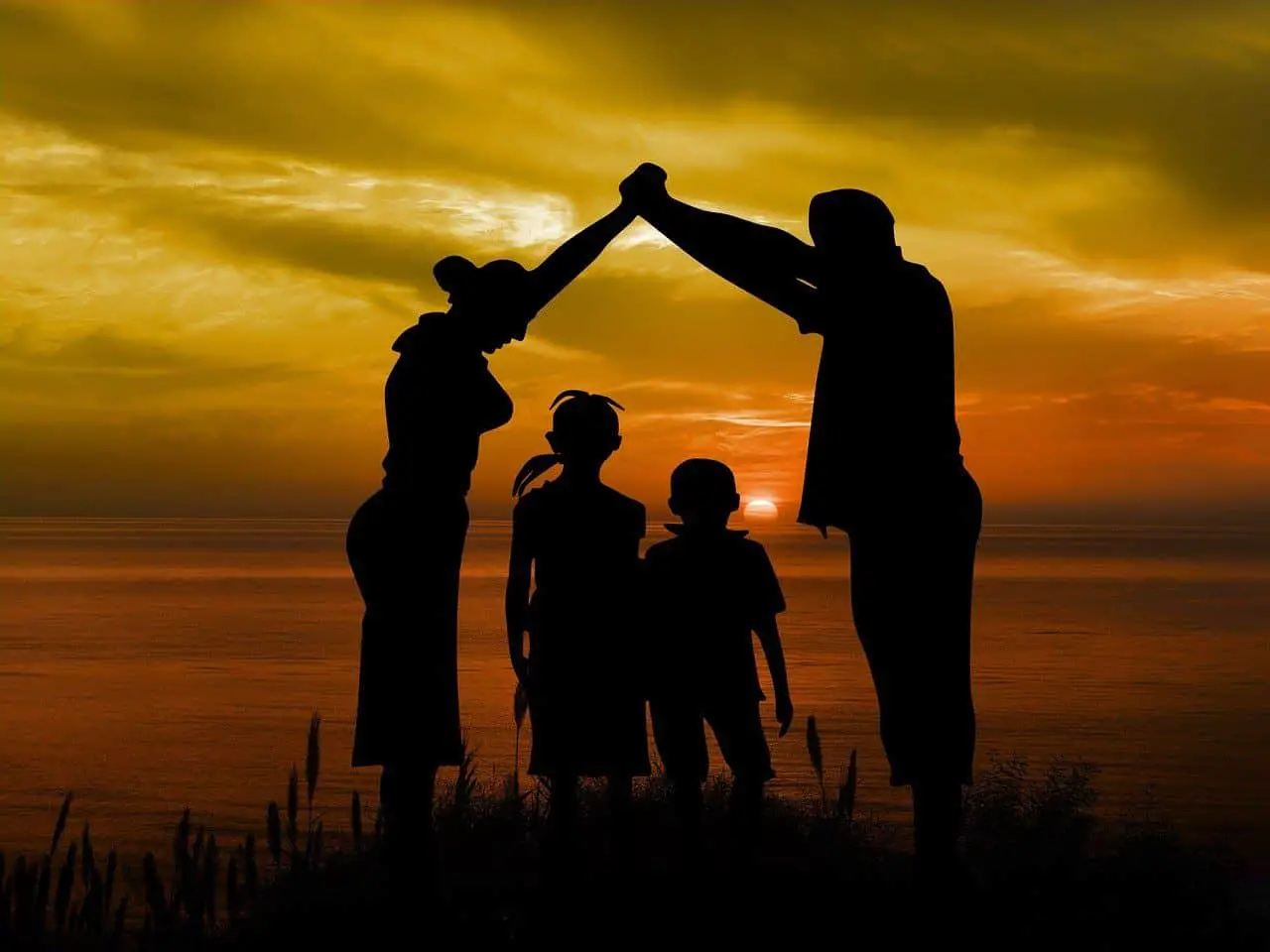Introduction
Disturbing behaviors within families can have far-reaching consequences, affecting individuals both emotionally and psychologically. Understanding the prevalence and impact of these behaviors is crucial for promoting healthy family dynamics and ensuring the well-being of all family members.
Definition of Disturbing Behaviors
Disturbing behaviors encompass a range of harmful actions that occur within family relationships. These behaviors can include physical abuse, emotional abuse, neglect, verbal aggression, and other forms of mistreatment. Disturbing behaviors often involve a misuse of power and control, resulting in significant harm to the affected individuals.
Types of Disturbing Behaviors
Disturbing behaviors within families can manifest in various ways. Physical abuse involves the use of physical force that causes injury or harm to a family member. Emotional abuse includes consistent patterns of demeaning, belittling, or manipulating behaviors aimed at undermining a person’s self-worth. Neglect refers to the failure to provide adequate care and attention to the basic needs of a family member. Verbal aggression involves the use of harsh or demeaning language, often accompanied by threats or intimidation.
Prevalence of Disturbing Behaviors
Disturbing behaviors within families are unfortunately more common than one might expect. While exact figures can be challenging to determine due to underreporting, research consistently indicates that a significant number of families experience some form of disturbing behavior. These behaviors can occur across diverse socioeconomic, cultural, and educational backgrounds, impacting families from all walks of life.
Factors Contributing to Disturbing Behaviors
Several factors contribute to the occurrence of disturbing behaviors within families. Family dynamics, such as strained relationships, poor communication, or unresolved conflicts, can create an environment conducive to harmful behaviors. Substance abuse and untreated mental health issues within the family can also increase the likelihood of disturbing behaviors. Additionally, societal stressors, economic hardships, and a lack of community support can further exacerbate the occurrence of these behaviors.
Impact on Family Dynamics
Disturbing behaviors have a profound impact on the overall dynamics within families. Trust, which is the foundation of healthy relationships, becomes eroded, leading to a breakdown in communication and emotional connection. Power imbalances may emerge, with the perpetrating family member exerting control and dominance over others. This disruption in family dynamics can result in an environment of fear, tension, and instability for all family members.
Effects on Individuals
Individuals subjected to disturbing behaviors within families often experience long-lasting psychological and emotional effects. The constant exposure to abuse and mistreatment can lead to low self-esteem, feelings of worthlessness, and a distorted sense of self. The trauma inflicted by these behaviors can result in anxiety, depression, post-traumatic stress disorder (PTSD), and other mental health challenges. Children who witness disturbing behaviors may also be at an increased risk of developing behavioral and emotional problems that persist into adulthood.
Psychological Perspectives
Psychological theories provide insight into the underlying mechanisms of disturbing behaviors within families. Attachment theory suggests that early experiences and the quality of attachment formed between family members play a crucial role in shaping interpersonal dynamics. Social learning theory emphasizes how children learn behaviors through observation and imitation, potentially perpetuating disturbing behaviors they have witnessed. Understanding these perspectives can aid in developing effective interventions and prevention strategies.
Social and Cultural Factors
Social and cultural factors significantly influence the prevalence and acceptance of disturbing behaviors within families. Norms surrounding gender roles, expectations of familial hierarchy, and societal pressure to maintain appearances can contribute to the perpetuation of these behaviors. Challenging deeply ingrained cultural beliefs and fostering open dialogue about healthy relationships are essential steps toward addressing and reducing disturbing behaviors within families.
Addressing Disturbing Behaviors
Addressing disturbing behaviors within families requires a multifaceted approach. Open communication and creating safe spaces for family members to express their concerns and experiences are crucial. Family therapy or counseling can help family members understand and address the underlying issues contributing to disturbing behaviors. Therapeutic interventions focus on promoting healthy communication, conflict resolution skills, and emotional healing. Additionally, individual therapy may be beneficial for those directly affected by the behaviors, providing a supportive environment to process trauma and develop coping mechanisms.
Prevention and Intervention
Preventing disturbing behaviors within families requires a proactive approach. Education programs aimed at promoting healthy relationships, conflict resolution, and parenting skills can help individuals develop a solid foundation for familial interactions. Early identification of risk factors, such as substance abuse or mental health issues, is crucial for timely intervention. Providing access to resources like support groups, hotlines, and community organizations can offer individuals and families the support they need to break the cycle of disturbing behaviors.
Support and Resources
Support systems and resources play a vital role in helping individuals and families navigate through the challenges posed by disturbing behaviors. National helplines, crisis centers, and domestic violence shelters offer immediate assistance and refuge for those in need. Support groups provide a sense of community and understanding, allowing individuals to share their experiences and learn from others who have gone through similar situations. Accessible mental health services, including counseling and therapy, are essential for the healing and recovery process.
Conclusion
Disturbing behaviors within families are unfortunately common and have significant negative consequences for individuals and family dynamics. By understanding the different types of disturbing behaviors, their prevalence, and the factors contributing to their occurrence, we can begin to address this issue effectively. Through education, prevention, early intervention, and access to support and resources, we can create a safer and healthier environment for families to thrive.






